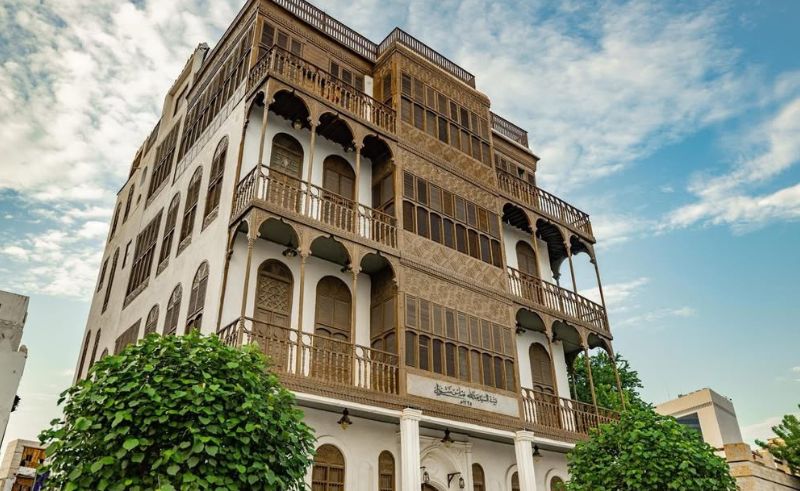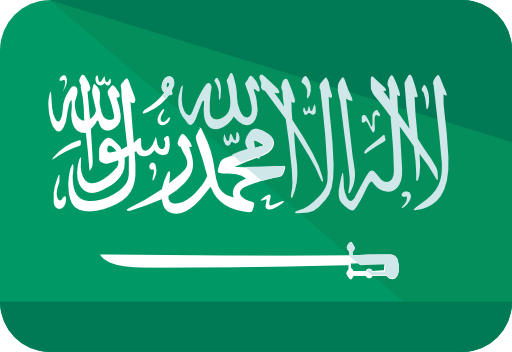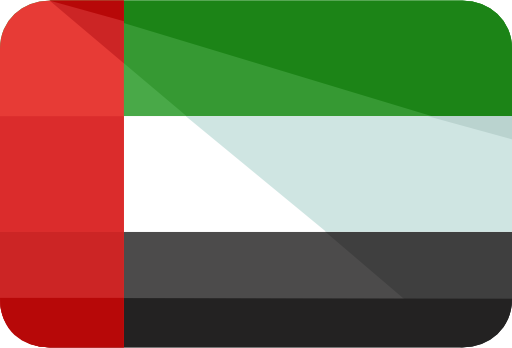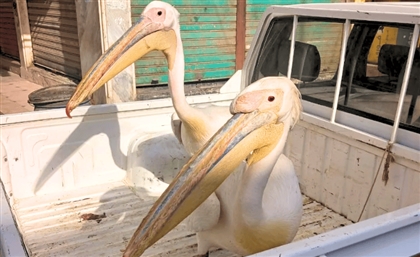Red Sea Museum Opens With Over 1,000 Artefacts in Bab Al-Bunt
Opening on December 6th, the museum showcases over a thousand artefacts tracing routes of trade, faith, and ecology across 23 galleries organised into seven distinct themes.

The Red Sea Museum opens on December 6th inside the restored Bab Al-Bunt, Jeddah’s historic landing point for travellers arriving by sea. Pilgrims and merchants once entered the city through this site, whose history shapes the themes explored throughout the museum.
The museum is built with a guided vision to piece together the natural and human heritage of the Red Sea. Over a thousand artefacts trace routes of trade, faith, and ecology across 23 galleries, which have been organised into seven distinct themes. The building itself serves as the first exhibit; a landmark restored with a quiet insistence on remembering its original purpose.
The ‘Al-Bunt’ section traces the story of the building itself. You will then have the opportunity to explore ‘Salam Upon the Sea’ for its origins, and ‘Orientation’ to handle the history of navigation. ‘A Living Sea’ celebrates the Red Sea's biodiversity, while ‘Sea of Abundance’ charts the maritime trade that defined empires. ‘Sea of Faith’ traces the footsteps of pilgrims, and ‘Sea of Inspiration’ showcases how the water has haunted artists for generations.
The collection is a conversation across centuries: Chinese porcelain and incense burners sitting beside astrolabes and sacred manuscripts, all in dialogue with contemporary works from Saudi and international artists.
And the moment you step inside, you’ll be part of its first temporary exhibition, 'The Gate of Gates' by Saudi artist Moath Alofi and curated by Philippe Cardinal—a meditation on the very transformation you are witnessing.
The museum will feature a public programme that includes artisan training through ‘Made in the Red Sea’, sustainability projects under ‘Red Sea Art’, and cultural performances like the ‘Music of the Red Sea’ symphony.
This opening comes as Historic Jeddah celebrates ten years as a UNESCO World Heritage site, a decade of meticulous work to preserve a district of coral houses and winding alleys. The museum is the anchor of this effort, a symbol of a broader, deliberate shift. The Bab Al-Bunt itself was restored according to the highest environmental sustainability standards, a modern imperative meeting a historic shell.
The Bab Al-Bunt once filtered people and goods into the country; the museum now invites the world to understand the currents that brought them here. It’s a subtle but significant change in orientation—from looking inward to looking back along the paths that connected this place to the world.
- Previous Article Egypt’s New Unified Public Transport Card Explained
- Next Article AIR Launches UAE’s First AI-Native Real Estate Brokerage Platform



























